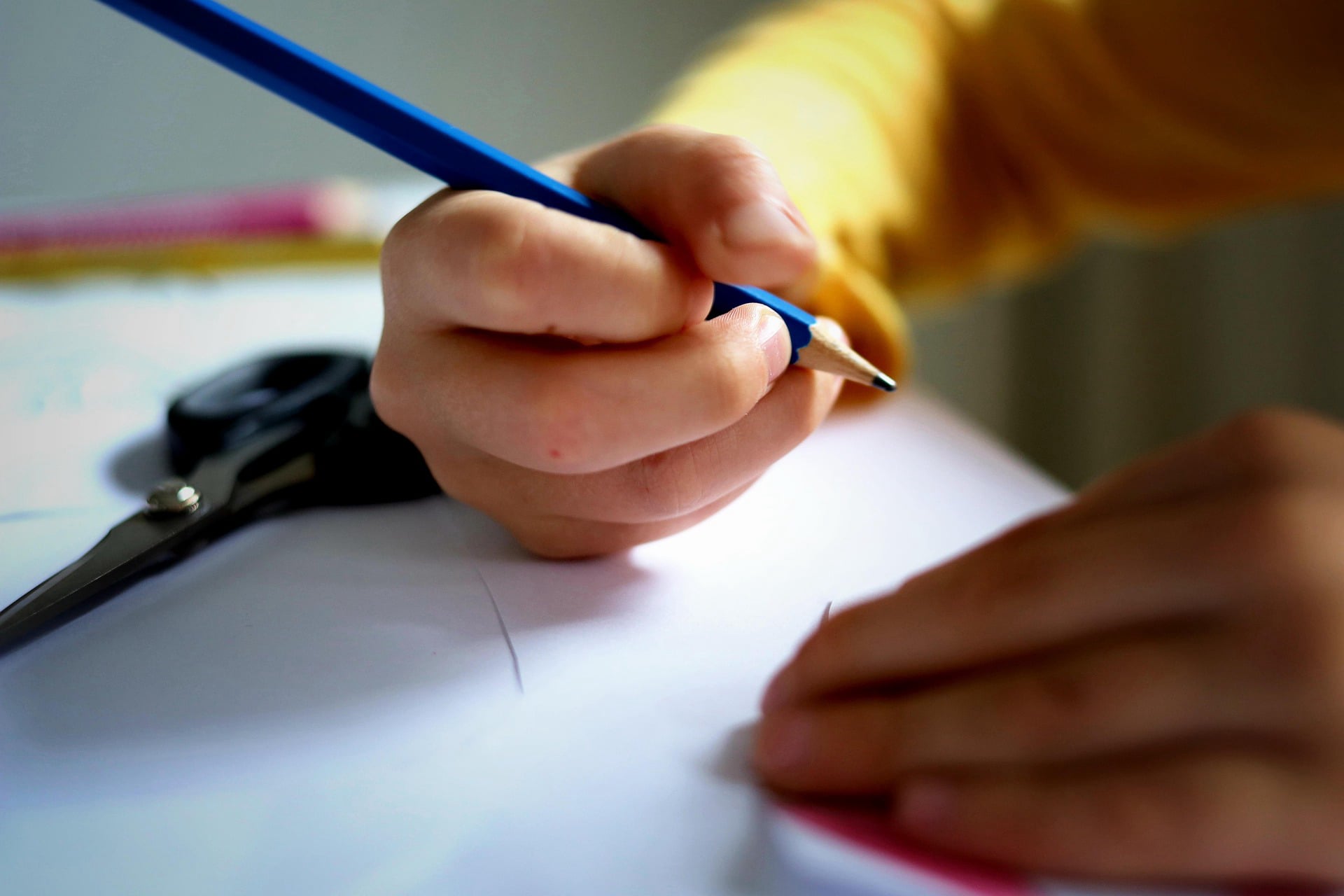
Graphomotor Skills Guide for Children with Special Needs (Autism, ADHD, SPD, etc.)
Common Challenges in Special Educational Needs
Children with developmental differences may face unique hurdles in graphomotor tasks:
• Autism Spectrum Disorder (ASD): Many children with ASD have difficulties with motor planning and coordination, which makes tasks like handwriting or drawing challenging. They may also have sensory processing issues (hypersensitivity to touch or proprioceptive input) that affect how they respond to materials (paper texture, pencil pressure). Research shows that children with autism often perform poorer on handwriting quality and speed than neurotypical peers, partly due to deficits in manual dexterity and visual-motor integration.
• Attention-Deficit/Hyperactivity Disorder (ADHD): Children with ADHD may struggle with attention and hyperactivity, which can interfere with the slow, careful work of handwriting. In addition, studies have found that fine motor skill deficits are prevalent in ADHD; kids with ADHD often show poor performance on tasks requiring precise hand movements. This can lead to legibility issues, slow speed, or frustration with writing tasks.
• Sensory Processing Disorders (SPD): Many children have sensory sensitivities (over- or under-reactivity) that can make fine motor tasks hard. For example, a child might resist touching glue or wet paints or may struggle with the proprioceptive feedback needed to grip a pencil. Kids with sensory issues are often described as clumsy or uncoordinated and may have trouble with fine tasks like fastening buttons or holding pencils. Sensory meltdowns can also occur if a task is too chaotic or uncomfortable.
Other conditions (such as Down syndrome, developmental coordination disorder, or learning disabilities) can similarly impact hand strength, muscle tone, or perception. In general, any condition that affects muscle tone (e.g. low tone), coordination, or sensory processing can slow graphomotor development.
Supportive Techniques and Adjusted Activities
Children with special needs often thrive on structure, clear expectations, and sensory-friendly tools. Here are strategies to support them at home:
• Structured Routines: Establish predictable “writing times” and use visual schedules. Break each activity into small, sequential steps, and show them one step at a time with clear, simple instructions. Visual cues (like arrows or highlighted lines) can help children with autism or ADHD focus on the task. For example, mark the starting point of a stroke, or use colored tape on paper margins to guide writing.
• Sensory-Friendly Environment: Minimize distractions and sensory overload. Provide a quiet, comfortable workspace with minimal visual clutter. Some children benefit from wearing noise-cancelling headphones, using a weighted lap pad, or sitting on a stability ball to improve attention and posture. Use chewable pencil toppers or fidget toys if they help with sensory input.
• Adapted Tools: Give ergonomic or adapted writing tools. Thick, cushioned pencil grips or triangular crayons can ease grasping. A weighted pencil may reduce tremors or increase proprioceptive feedback. Slant boards or angled desks promote better wrist position. Larger, easy-grip scissors, and Velcro fasteners on puzzles can accommodate motor challenges.
• Multi-Sensory Activities: Incorporate sensory play that also builds fine motor skills. For instance, have the child search for hidden toys in Play-Doh or kinetic sand, encouraging pinching and digging motions. Rolling slime into “snakes,” using theraputty to squeeze out play objects, or playing with textured materials (rice bins, beans) can engage tactile senses while exercising fingers.
• Fine Motor Games: Many of the fine-motor games listed for young children (stringing beads, pegboards, cutting shapes) work here too—perhaps with modifications. Use larger beads or buttons for younger kids. If a child has difficulty with scissors, try tearing paper or using shape punches with stabilizing foam backing. Tongs or clothespins to pick up objects encourage pincer strength without needing a precise grip. Even simple games like turning a toy wind-up or assembling large-piece puzzles improve hand skills.
• Visual Supports: Children on the spectrum often respond well to visual structure. Use colored dot or line guides for handwriting (red line for baseline, blue for midline). Show before-and-after pictures of what the task looks like when done correctly. Social stories or simple diagrams can explain “First I do this, then I do that.”
• Positive Reinforcement: Praise effort and break tasks into successes. Use stickers, tokens, or a “graphomotor chart” to reward each small achievement (e.g. drawing a letter, completing a cutting task). Make it a game or story to hold interest.
Examples of Adjusted Exercises: Hide small toys under a blanket and ask the child to find them by digging with hands (tactile exploration); have them pinch clothespins onto the edge of a jar; use a spring-loaded (self-opening) scissor or punch to cut along thick lines; and let them “draw” shapes in shaving cream on a mirror. All of these promote strength and coordination without high frustration.
Recommended Materials for Special Needs
• Weighted or Grippy Pencils: See PD guidance: weighted writing tools can steady shaky hands.
• Theraputty & Clay: Provide different resistances of putty or dough for pulling, squeezing, rolling. This engages sensory feedback while strengthening fingers.
• Slant Board or Book Stand: Elevating the writing surface (20–30° angle) improves wrist posture and visual access.
• Adaptive Scissors and Utensils: Spring-loaded scissors, scissors with foam handles, easy-grip pencil grips. In crafts, use bigger crayons or markers when small ones frustrate the child.
• Sensory Tools: Brush or massage tool for tactile input before writing (to calm or awaken hands). Balance or therapy ball chairs; fidget toys (stress balls, chew necklaces) to manage attention.
• Visual Aids: Color-coded worksheets, graph paper, raised-line paper, or textured overlays for writing tasks.
